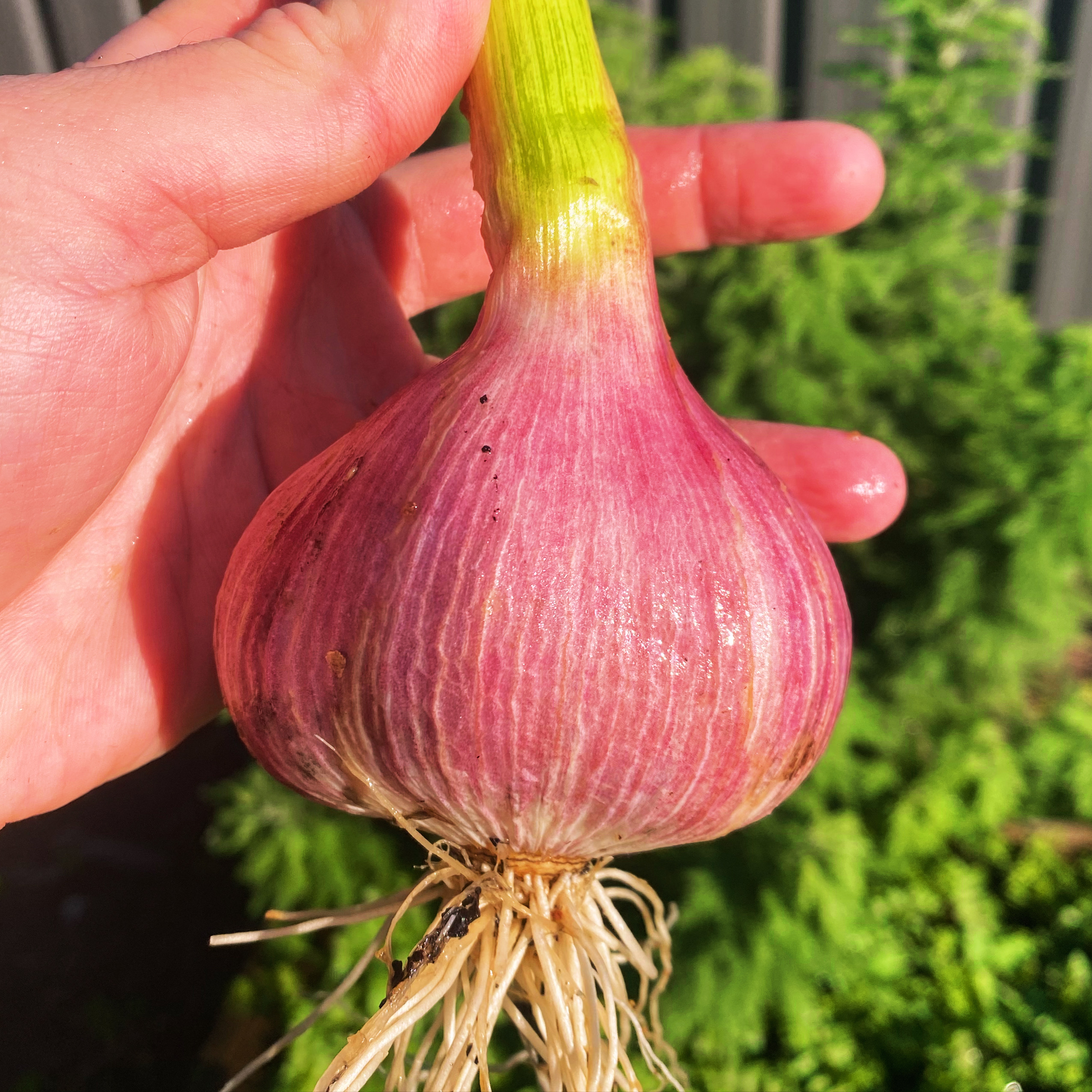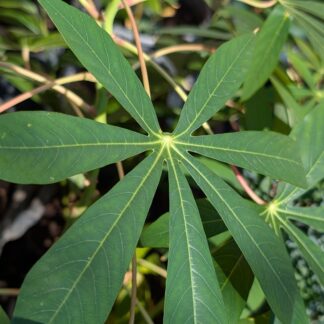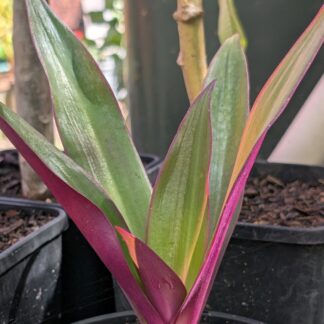Description
Garlic (Allium sativum) is a hardy, bulb-forming perennial grown as an annual in most gardens, celebrated for its culinary, medicinal, and ecological contributions. Native to Central Asia, garlic thrives in full sun and well-drained, fertile soils, preferring a period of cooler weather during its growth cycle to properly develop its bulbs. In Australia, garlic is typically planted in autumn and harvested in late spring to summer, depending on climate and variety.
Garlic produces slender green leaves and underground bulbs made up of multiple cloves. Different varieties offer a wide range of flavours, clove sizes, and skins — from mild to spicy, from purple-tinged to pure white. Beyond its essential place in the kitchen, garlic has been valued historically in many cultures for its health-supporting properties. Traditional and modern uses alike recognise garlic for its antimicrobial, antifungal, and cardiovascular benefits, with numerous studies supporting its role in promoting immune and heart health.
In permaculture and regenerative gardens, garlic functions as more than a food crop. It acts as a natural pest deterrent when interplanted with other species, helping to reduce insect pressure organically. Garlic also contributes to soil health through its dynamic root structure, and when left to flower, it attracts pollinators and beneficial insects.
With many locally adapted and heritage varieties available, garlic remains one of the most versatile, resilient, and rewarding plants for both small and large-scale growers.





Reviews
There are no reviews yet.